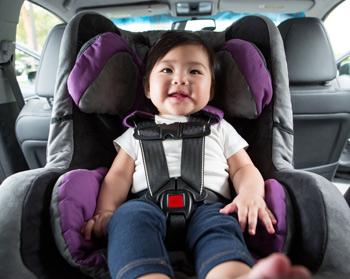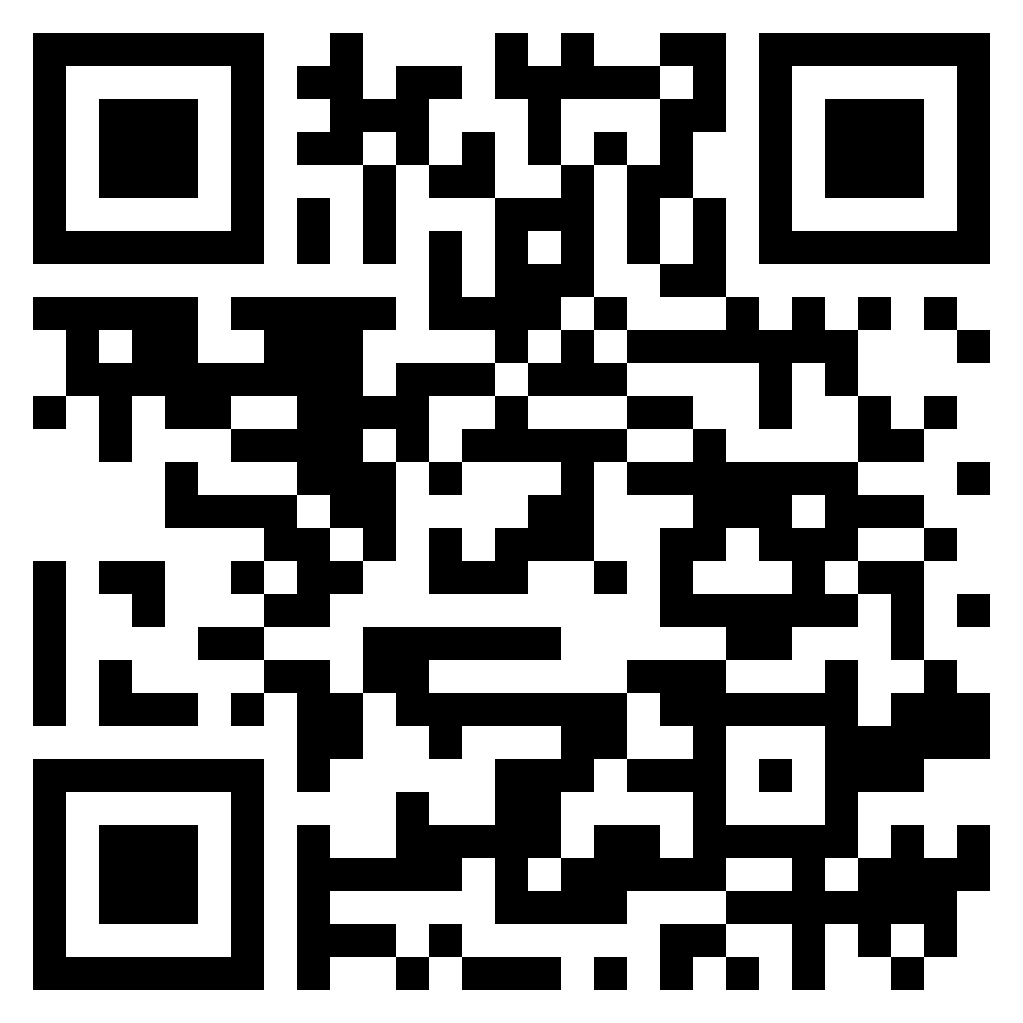Background:
Motor vehicle accidents are the most common cause of death for children between the ages of 4 and 14 years. The good news is in 2001, child safety seats saved 269 children’s lives. The heartbreaking news is in that same year, 2001, 649 children died in car accidents. (Source: Highway Traffic Safety Administration, Traffic Safety Facts 2001.)
Under the age of 1, child safety seats have been shown to decrease car death by 71%. Between the ages of 1 to 4 years old, child safety seats can decrease car death by 54%. Most car accidents happen close to home. It is absolutely necessary to use child safety seats every time we drive, even for a short distances in the neighborhood.
Putting a child on the lap of an adult is never a good idea. A lap position can actually crush the child. A car crash at 30 miles per hour could throw the child from the lap at a force of 200 pounds. Please do not ever put a child on an adult’s lap in a moving vehicle.
Child safety seats need to be purchased and ready for use the day a newborn leaves the hospital. Different sizes and styles of car seats are available, and choices should take into account the child’s age, size and weight, as well as the car’s latch or safety belt system.
Car Seat Installation:
- Be sure that your car seat label states, "This child restraint system conforms to all applicable Federal Motor Vehicle Safety Standards" or "This restraint is certified for use in motor vehicles and aircraft."
- Follow the instructions from the manufacturer for installation. Resources in your area may include the store where you purchased the car seat. Some local police stations, fire stations, and hospitals have programs to help you install your new car seat safely.
- The back seat is the safest place for any child safety seat.
- Complete and return the safety seat's registration card. It should be included with your new safety seat. Send it in to the manufacturer so you will be notified of any recalls or other problems. The National Highway Traffic Safety Administration has a toll free Auto Safety Hotline. Call (800) 424-9393 to ask consumer questions concerning child safety seats. The hotline also supplies current information on car seats that have been recalled.
Types of Car Seats:
- Visit www.safercar.gov. The website gives you the opportunity to enter your child’s birth date, weight, and height to determine the correct seat for your child.
- Rear-facing car seat: Rear facing seats are used from birth until at least age 1. This is the safest position for your child, so keep your child rear-facing for as long as you can. Review the height and weight limitations on your particular seat. Upgrade your seat once your child is too tall or too heavy for the seat you have.
- Forward facing car seat: Use a forward facing seat with harness and tether (5 point restraint) until your child has reached the height and weight limit recommended by the manufacturer of the seat. This will likely happen between age 4 and 7.
- Booster seat: Use a booster with a back if your car’s back seat is not high enough to reach the top of your child’s head in their booster. The lap belt should lie across the upper legs/thighs. The shoulder belt should NOT cross the neck, head, or face, but should go snugly across the shoulders. After age 8, if your child is large enough, you can consider transitioning out of a booster seat. The back seat is still the safest place for your child up to age 12. A seatbelt with shoulder strap should be used at all times.

More Information:

 POSNA.org
POSNA.org


